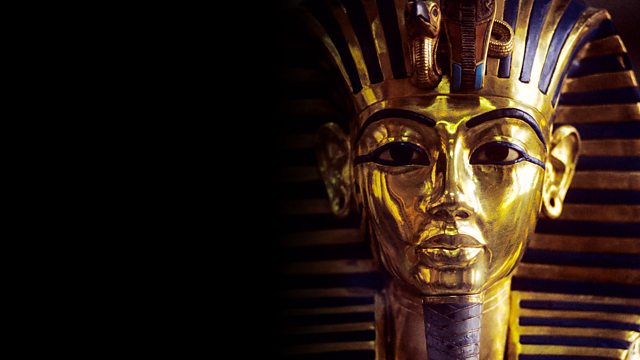Tutankhamun’s Secrets: On the 100th anniversary of the discovery of Tutankhamun’s treasure-packed tomb, Dr Janina Ramirez turns detective and heads to Egypt to uncover the real story of how a Briton called Howard Carter unearthed a pharaoh’s tomb when everyone else believed there were no more great Egyptian finds to be made.
She discovers that some of Tutankhamun’s treasures are missing and reveals the name of the person responsible. She delves into the origins of the supposed pharaoh’s curse, finds the surprising truth about the young king’s brutal injuries, and digs out fresh evidence that Tutankhamun wasn’t the delicate, powerless boy king of legend but was instead a powerful statesman.
Tutankhamun’s Secrets
Tutankhamun, commonly referred to as King Tut, was an Egyptian pharaoh who was the last of his royal family to rule during the end of the 18th Dynasty (ruled c. 1332 – 1323 BC in the conventional chronology) during the New Kingdom of Egyptian history. His father is believed to be the pharaoh Akhenaten, identified as the mummy found in the tomb KV55. His mother is his father’s sister, identified through DNA testing as an unknown mummy referred to as “The Younger Lady” who was found in KV35.
Tutankhamun took the throne at eight or nine years of age under the unprecedented viziership of his eventual successor, Ay, to whom he may have been related. He married his paternal half-sister Ankhesenamun. During their marriage they lost two daughters, one at 5–6 months of pregnancy and the other shortly after birth at full-term. His names—Tutankhaten and Tutankhamun—are thought to mean “Living image of Aten” and “Living image of Amun”, with Aten replaced by Amun after Akhenaten’s death. A small number of Egyptologists, including Battiscombe Gunn, believe the translation may be incorrect and closer to “The-life-of-Aten-is-pleasing” or, as Professor Gerhard Fecht believes, reads as “One-perfect-of-life-is-Aten”.
Tutankhamun restored the Ancient Egyptian religion after its dissolution by his father, enriched and endowed the priestly orders of two important cults, and began restoring old monuments damaged during the previous Amarna period. He reburied his father’s remains in the Valley of the Kings and relocated the capital from Akhetaten back to Thebes. Tutankhamun was physically disabled with a deformity of his left foot along with bone necrosis that required the use of a cane, several of which were found in his tomb. He had other health issues including scoliosis and had contracted several strains of malaria.




